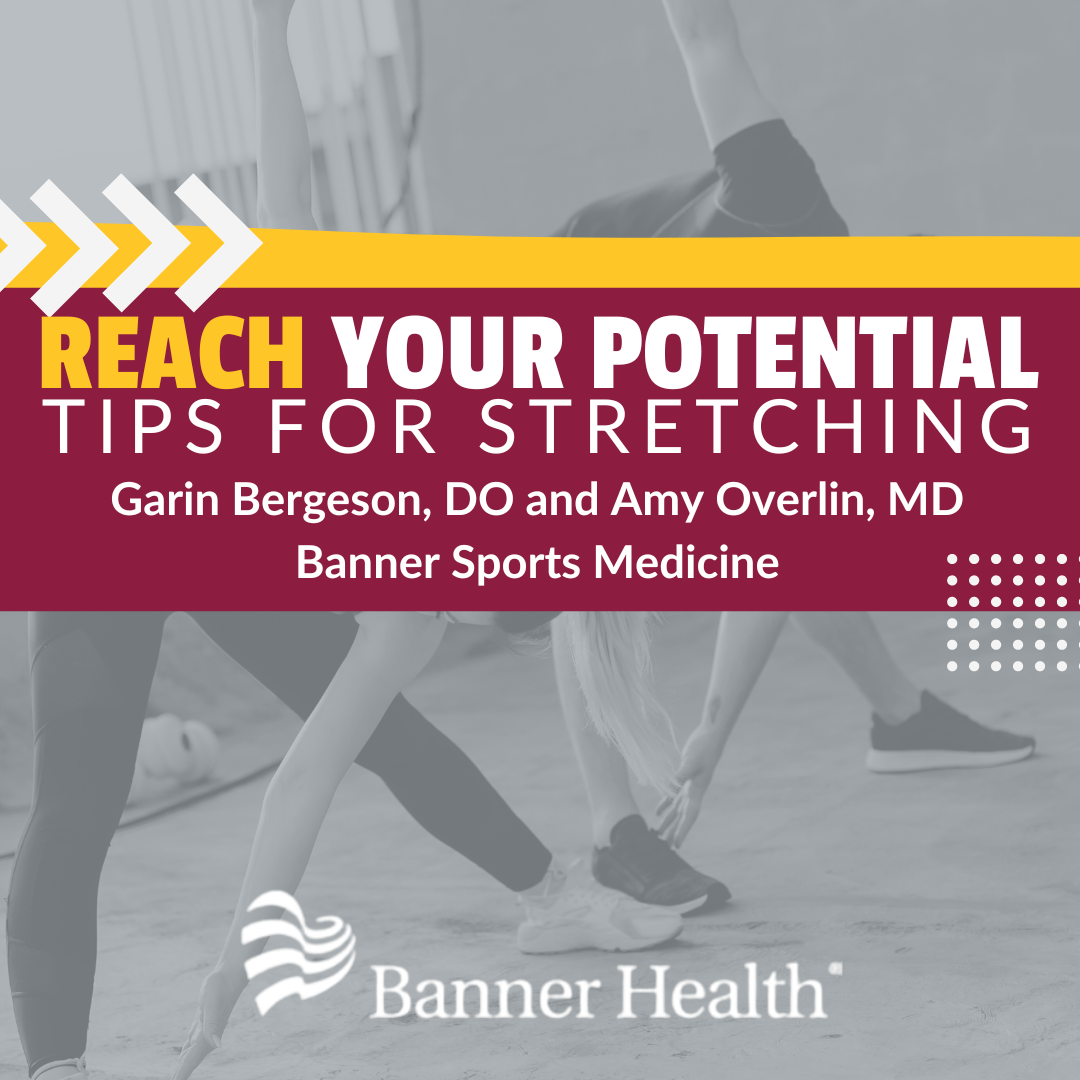TILLMAN TUESDAY: Pat’s Run is Most Memorable Moment for Visual Effects Artist Tristan Dyer
Pat Tillman Foundation can’t fulfill its mission to empower military veterans and their spouses without the generosity of our supporters across the country. Nationwide, over 400 Tillman Scholars are striving to impact our country and communities through their studies in medicine, law, business, policy, science, education and the arts. Every “Tillman Tuesday,” we are committed to highlighting the individual impact of a Tillman Scholar, focusing on their success in school, career and community—all thanks to your support. This week we catch up with 2011 Tillman Scholar Tristan Dyer who grew up in a small town in the middle of Maine, committing his service to the U.S. Army while still in high school. During his time in the service, Tristan served in the Communications division before graduating from the University of Southern California, earning a Master’s degree in Animation and Digital art.
WHAT INSPIRED YOU TO JOIN THE MILITARY AT THE YOUNG AGE OF 17?
“I served a total of five years and signed up through a delayed entry program and was scheduled to leave about a month after I graduated high school in 2000. Military was a tradition in my family with grandparents and uncles serving, so I figured I would follow in their footsteps. At one point there were nine of my high school friends signed up to join the military, and we graduated with 122 in our small class.”
WHAT WERE YOUR RESPONSIBILITIES WHILE SERVING DURING YOUR DEPLOYMENT TO IRAQ IN 2004?
“We controlled tracking systems and fixed radios, making sure everything was set up properly. During my deployment I served as the Communications Sergeant for our battalion. It was the responsibility of myself and three other soldiers to keep a million dollars’ worth of equipment running for an aviation support unit. We had 20+ digital tracking systems to keep going so it was a lot of work for four people to take on.”
IF ANYTHING, WHAT DID YOU LEARN ABOUT YOURSELF THROUGH YOUR TIME IN THE SERVICE AND DEPLOYMENT THAT YOU MAY HAVE NOT KNOWN BEFORE?
“It helped solidify the strong work ethic my parents instilled in me at a young age. Working hard helped me realize that there’s a lot of delayed gratification being a really good soldier, doing good work and then finally getting promoted. A goal that I set for myself was to make E5 before I got out of the military and I was able to do that but it was pretty difficult at times – keeping your composure in stressful times.
Deployment also showed me the value of remaining calm in stressful situations and the delayed gratification has also helped me in my current career, working in the entertainment world – doing a lot of hard, thankless work before you get to where it is you want to go. You never really know that you can handle a responsibility until it’s just given to you and you do it.
While in the service I also learned about personal development, giving me a perspective on the world and not being fixated on materialistic goals. Iraq gave me a lot of perspective on how tough life can be – you can have another country occupying your country and a bomb going off around you. Deployment was a punctuation in my becoming an adult and gave me great perspective on what to become thankful for.”
WHY DID YOU DECIDE TO END YOUR TIME WITH THE MILITARY?
“I have a tendency to follow through on something and not really go back and question that decision. My Comms job in the Army was great but it wasn’t something I wanted to do for the next 20 years. Ultimately what it came down to was the desire to earn a college degree and a career in photography at that moment. I wanted to go after something in life that I really truly wanted and at that time it was photography.”
HAVE YOU ALWAYS HAD A PASSION FOR COMMUNICATIONS AND PHOTOGRAPHY AND WHERE DID THOSE INTERESTS STEM FROM?
“Being in the Army during those tough times, I really reflected on the things that I enjoyed in high school like photography classes and working in the dark room and goofing around and making short films with friends. In the Army I originally wanted to be a combat engineer but I discovered that I was color blind so I couldn’t do that anymore, limiting my options as to what I could do. With limited options for me being color blind, I chose to go the Comms route and just took to it with ease and was pretty good at it.”
WITH THE DESIRE TO GO TO SCHOOL AFTER YOUR TIME SERVING IN THE ARMY, HOW DID YOU LEARN ABOUT THE TILLMAN SCHOLARSHIP OPPORTUNITY?
“I was working on my undergrad at Brooks Institute of Photography in Ventura, CA, graduating in 2008. I received a grant to make a Stop Motion documentary – which was very cool. I did the Stop Motion documentary in 2010 on experiences in Iraq and Afghanistan, focusing on vets struggling with PTSD and substance abuse and that kind of put me back in the military realm. I thought I had distanced myself from it for a bit because the war was getting worse but instead did the documentary and started looking into schools for animation.
I knew who Pat Tillman was because he joined when I was deployed and that was big news then with him joining the Army. I looked into the scholarship after learning about it on social media and recognized it totally matched my goals and what I wanted to do with my future.”
WHAT HAS IT BEEN LIKE FOR YOU BEING PART OF THE TILLMAN SCHOLAR COMMUNITY?
“It’s been an incredible, humbling experience meeting the other scholars. When I hear other scholar’s incredible ideas it’s just incredibly humbling, motivational and inspirational all at the same time. At the Leadership Summit I feel really small being around this group of people who are so incredible but then I also wonder why I was chosen among this amazing group – it’s a very empowering feeling at the same time. Something that has come up at a lot of the events is what our amazing scholar community is doing and a lot of times I feel like I’m not doing enough and need to step up my game and do more to give back.”
AFTER EARNING YOUR DEGREE AND BEING SELECTED AS A TILLMAN SCHOLAR, WHAT ARE YOU DOING NOW TO CARRY FORWARD THE LEGACY?
“I keep reminding myself I need to be doing something relevant and continue to move forward. Though the scholarship helped me pay for school I always make it a point to keep up with the events and remind myself I’m part of this great community. Being a Tillman Scholar influenced what I chose to do for my thesis film, making a documentary about my great-grandfather experiencing in WWI. The documentary was still part of the veteran experience and parallels what a lot of people experience now so it kind of keeps my compass pointed north. I’m also working on a short film for the foundation that will hopefully influence others to give back and support our amazing Tillman Scholar community.”
WHERE ARE YOU WORKING NOW AND WHAT’S THE BIGGEST TV SHOW YOU’VE WORKED ON?
“I serve as an artist at a visual effects company for TV shows. My job is called Composting – basically embellishing things that couldn’t or weren’t filmed exciting enough and we remove mistakes.”
HAVE YOU EVER BEEN AT WORK ONE DAY OR AWAKEN IN THE MORNING AND SAID, ‘THIS IS MY COOL, CRAZY LIFE AND I CAN’T BELIEVE I’M LIVING THIS RIGHT NOW!’?
“Among Tillman Scholars it’s a hard group to have that realization among because there’s scholars who are trauma surgeons, pilots, doctors, so I feel like sometimes all I do is sit at a computer. I realize how cool it is to work on certain shows and when I watch them I point out which shots I did an effect for so it’s fun in that sense. There is a realization where I’m like, ‘damn I did it’, because when I was in high school I worked in construction – which was a great skill to learn but now I’m working in Hollywood on TV shows and you wouldn’t have thought it possible in that moment.”

WHAT’S NEXT FOR YOU IN YOUR CAREER?
“I’m pretty happy where I’m at right now but within the next couple of years I’d like to get better and faster at what I do and maybe transition in about five years to a supervisory role. I don’t want to do this for the next 20 years so I’d also like to start going in the direction of teaching. It doesn’t mean quitting my job just for teaching but I definitely do want to transition in to teaching. When you think about what you give back and the influence you have on the world that’s going to follow your time – that’s important to me. I know I’ll leave my short films behind, which is why it’s important for me to keep making films on my own that communicates messages that are important.”
HAVING PARTICIPATED IN PAT’S RUN SINCE BEING SELECTED A SCHOLAR IN 2011, WHAT WAS YOUR FIRST PAT’S RUN EXPERIENCE LIKE?
“You read the numbers and see the photos of the race highlighting the number of participants but it doesn’t really sink in until you see it and are running with everyone and seeing the massive amount of people that turn out. If you consider yourself as one person among all the participants, you realize how the organization was created to help people like me and all these other people are coming out to support the Tillman family in honor of Pat.”
IF YOU HAD THE OPPORTUNITY TO TALK WITH SOMEONE ON THE FENCE ABOUT PARTICIPATING IN THIS YEAR’S PAT’S RUN OR HAS NEVER DONE PAT’S RUN BEFORE, WHAT WOULD YOU TELL THEM TO ENCOURAGE THEM TO PARTICIPATE?
“It’s not like your average run, it’s more of a moving experience and uniquely American in the way that it’s organized to support the Tillman Scholars and honor Pat and all of the other veterans. Aside from the Leadership Summit it’s one of the most memorable things I’ve done as a scholar.”




